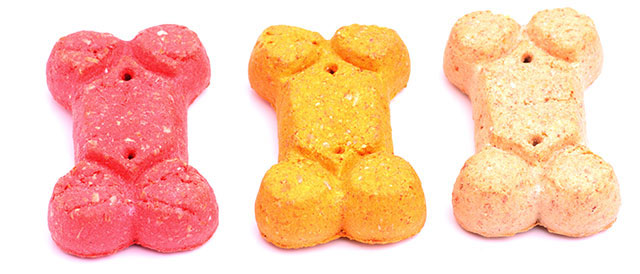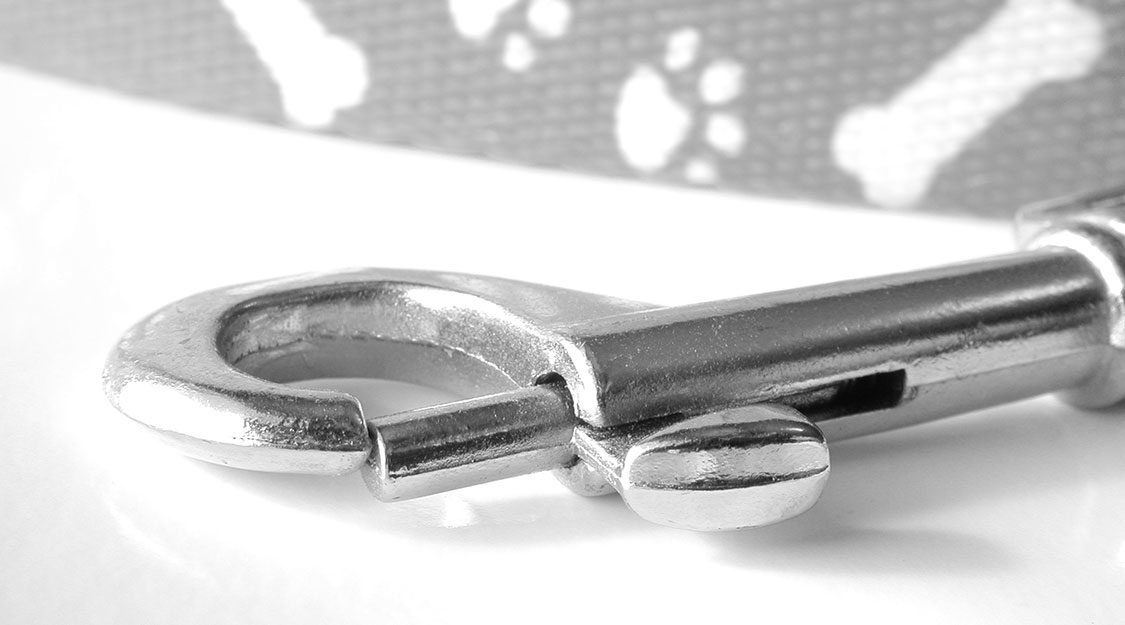Using food instead of a clicker

Though clicker training garners results with leash training, not everyone is comfortable with it. Personally, I do not use a clicker when training my dogs. I prefer to keep the rewards mixed. A rub, praise, toy or food can be intermixed as rewards when you get the response you want.
Food is great for luring a dog into behavior, but once the dog has the concept, humans have a hard time of getting rid of the treats. Be unpredictable in rewarding your dog, turn it into a sort of game that you’re playing with him.
Always impress upon the dog that the fun stuff comes when the leash is slack. Learn how to use your voice and facial expressions so that your dog wants to be near you. These are dog training tools that you should never leave at home. Practice different pitches and sounds to see which attract your dog’s interest.
Many trainers have concerns about using treats, but they must remember the significance of raising the criteria. This means asking the dog to do more before giving it a reward. Your dog may learn to walk beautifully by your side as long as you keep clicking and treating, but what happens when your pocket is empty? Try to make him do a bit more during each walk – go a bit farther between treats or ignore bigger distractions.
Despite its age, your adult dog will need the same considerations as a puppy during leash training. When the leash goes taut, help the dog understand why you stopped by using your voice to get his attention. If he is too busy barking or pulling forward something it finds particularly enticing, use treats or a toy to distract it from its mission.
Have these special rewards ready before hitting the known problem area and work to keep your dog’s attention. This will help your dog learn to ignore the bothersome barking dog or that tempting squirrel nest.
Understandably, we all would like instant results, but dog training seldom works that way. It may take weeks or even months to persuade the dog that pulling is no longer effective. Owners can become discouraged, concluding that they are doing something wrong or their dog is hopeless.
So in the end, even if the results are slow in coming, keep in mind that even 2 steps without pulling is progress, and you must praise, praise, and praise some more! Soon it will be 3 steps, then 4 steps, and so on.
The change won’t happy overnight, in a week, or even a month – it’s going to take time, fairness and consistency, which means practice almost every day, perhaps for months. Overall, it’s a relatively small investment to achieve years of benefit.
Leash training is a deceptively difficult aspect of training. Dogs learn to pull much more readily than they learn not to. For those who do dedicate the time and effort needed to train leash manners, the results are worth it.


